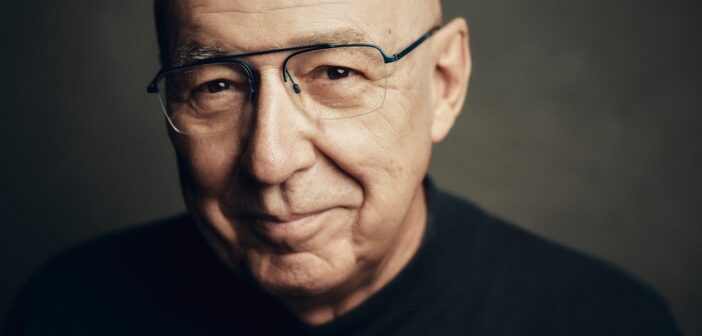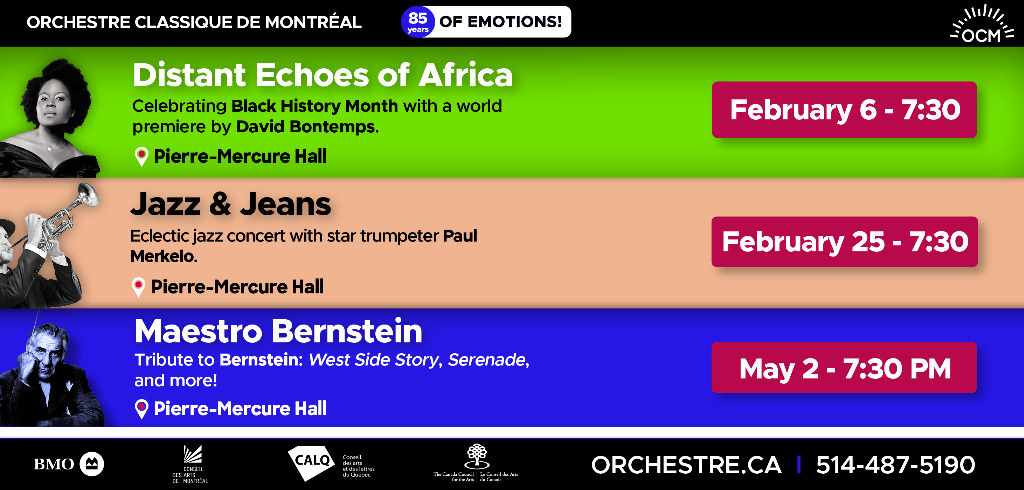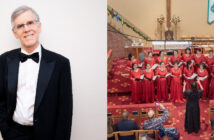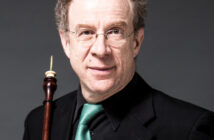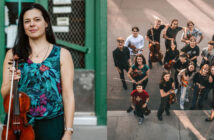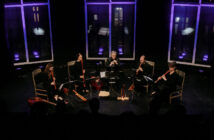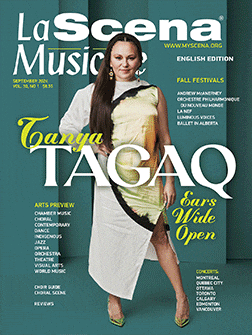
This page is also available in / Cette page est également disponible en:
![]() Francais (French)
Francais (French)
Given the heavy legacy of Mozart, Verdi and Fauré, it’s understandable that some people would get writer’s block when they tackle a requiem. François Dompierre is not one of them.
“I was already singing in choirs two or three times a week by the time I was 22 or 23,” he says. “I was already thinking about writing a requiem at that time, but especially later when I visited cathedrals like the Sagrada Familia in Barcelona recently. While admiring this project of architectural excess, of opening up to heaven, I remembered this foundational liturgical text. I thought it would be nice if someone could set it to music again. There are some (newer requiems) elsewhere in the world, but not many in Canada. I know that Rufus Wainwright wrote one recently, at the same time as I did. It’s quite a coincidence.”
Author of more than 60 scores for the cinema, the composer, now 80 years old, confesses to taking a very visual approach to concert music. “Images came back to me,” he says. “After all, I’m a film composer. I’ve done that all my life. Inspiration came easily, in fact. In comparison, my Preludes for Piano were much harder to write. This Requiem seems to have been in the back of my mind.”
Previously, Dompierre had worked on an unfinished mass. A few of its themes found their way into this new work, notably the Kyrie and the Agnus Dei. “Apart from that, I moved from one movement to another. I was inspired to write a fugal entry for the Libera me. I think the last part I composed was the Lacrimosa, followed by the Confutatis.”
In terms of stylistic influences, Dompierre did not censor himself. “The conductor who commissioned the work, Francis Choinière, said to me: Let yourself go, do Dompierre. We’re all standing on someone else’s shoulders. All Western composers come from Johann Sebastian Bach, and even those who practise atonality are still influenced by contrapuntal sequences. You can also see this in jazz, which is also part of my world. I myself am struck by the bluesy notes I hear in the Tuba mirum.”
On the subject of the Recordare, one of the highlights of the Requiem’s première at Maison symphonique last June, he says: “As I wrote it, I found that it was a lyrical piece, closer to opera. In fact, (I gave it) to a tenor. I felt (it required) something of that order when I finished writing it. It’s also less sombre than other movements. I would add that the last movement, In paradisum, was composed in the spirit of a song—that of a happy ending. In Quebec, for example, everything ends in a song.”
Translation by Gianmarco Segato.
This page is also available in / Cette page est également disponible en:
![]() Francais (French)
Francais (French)

